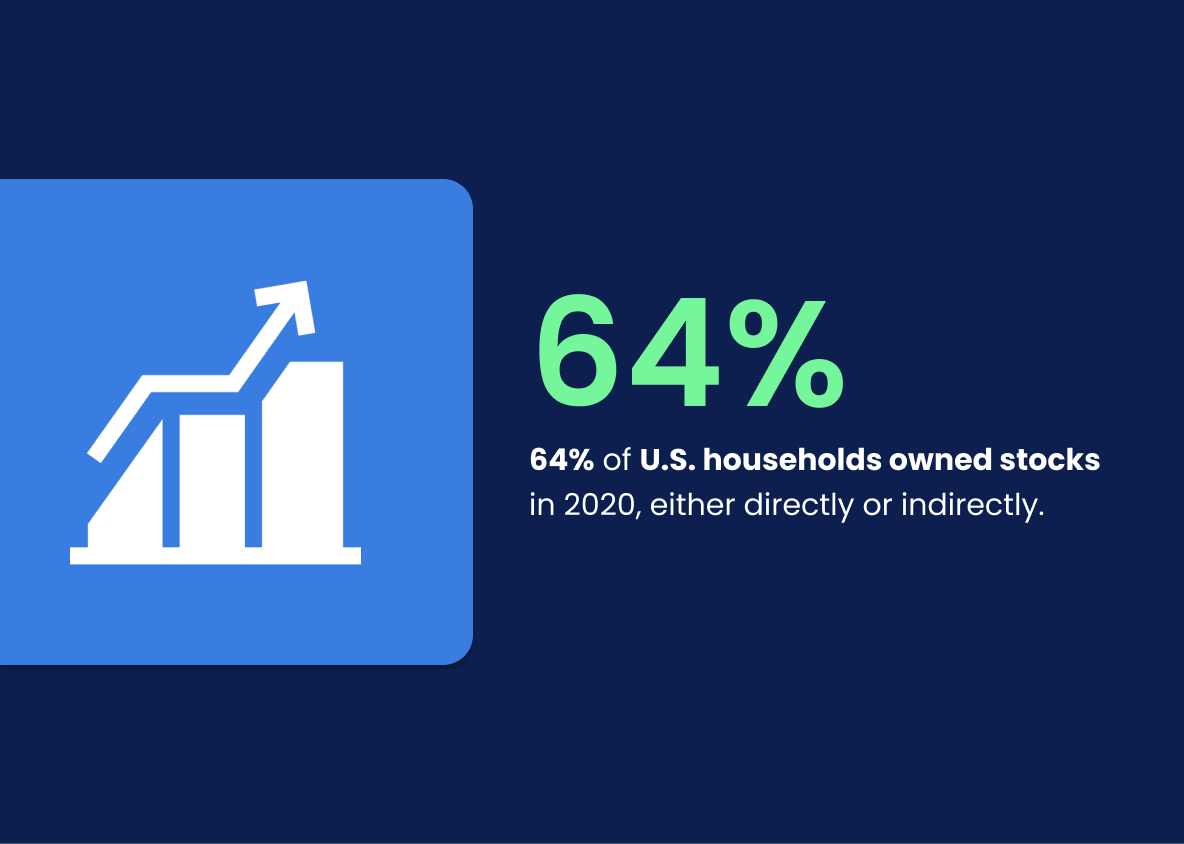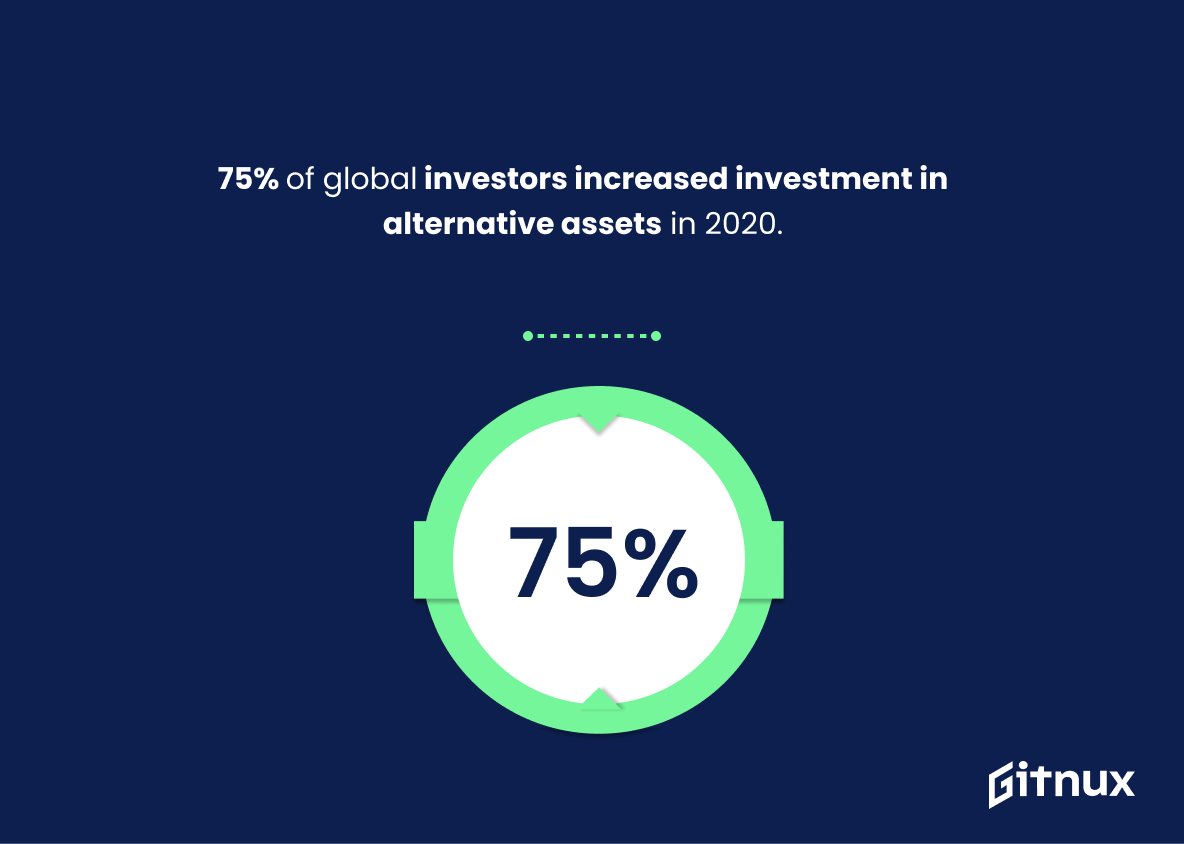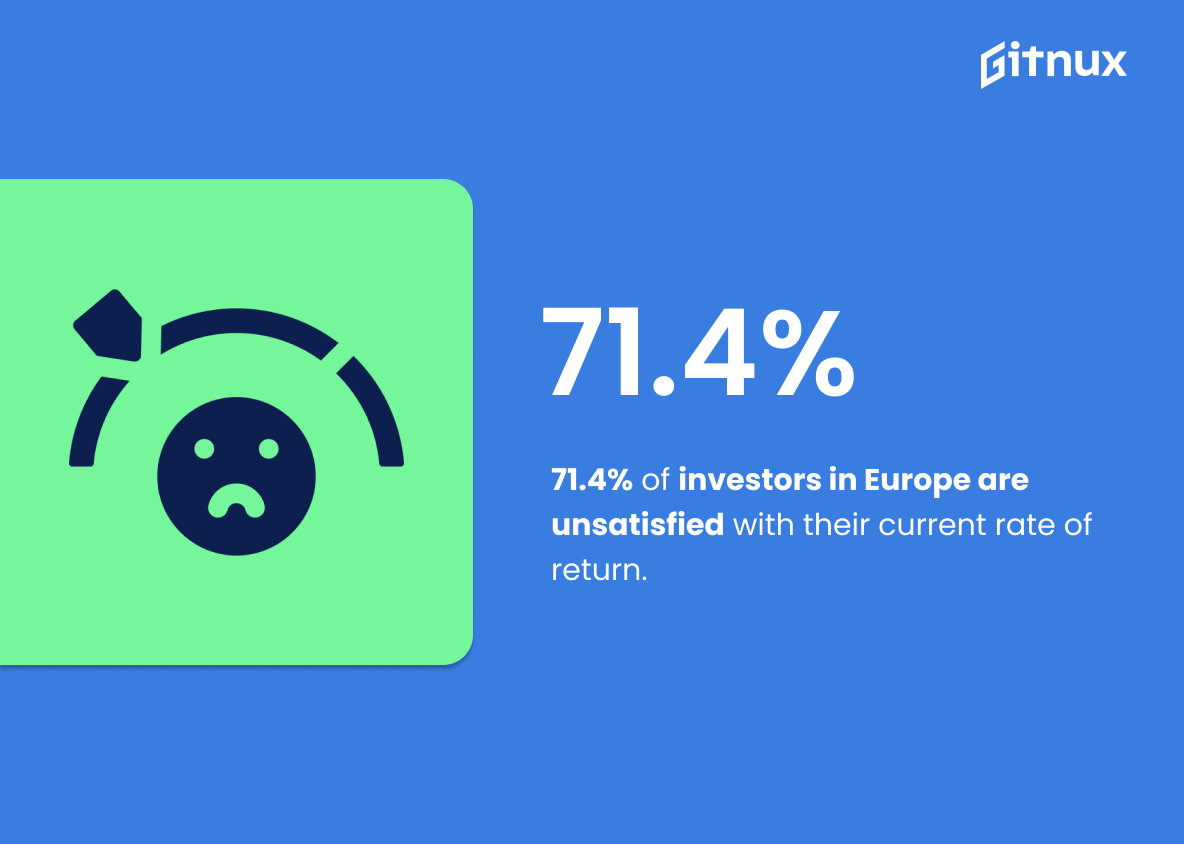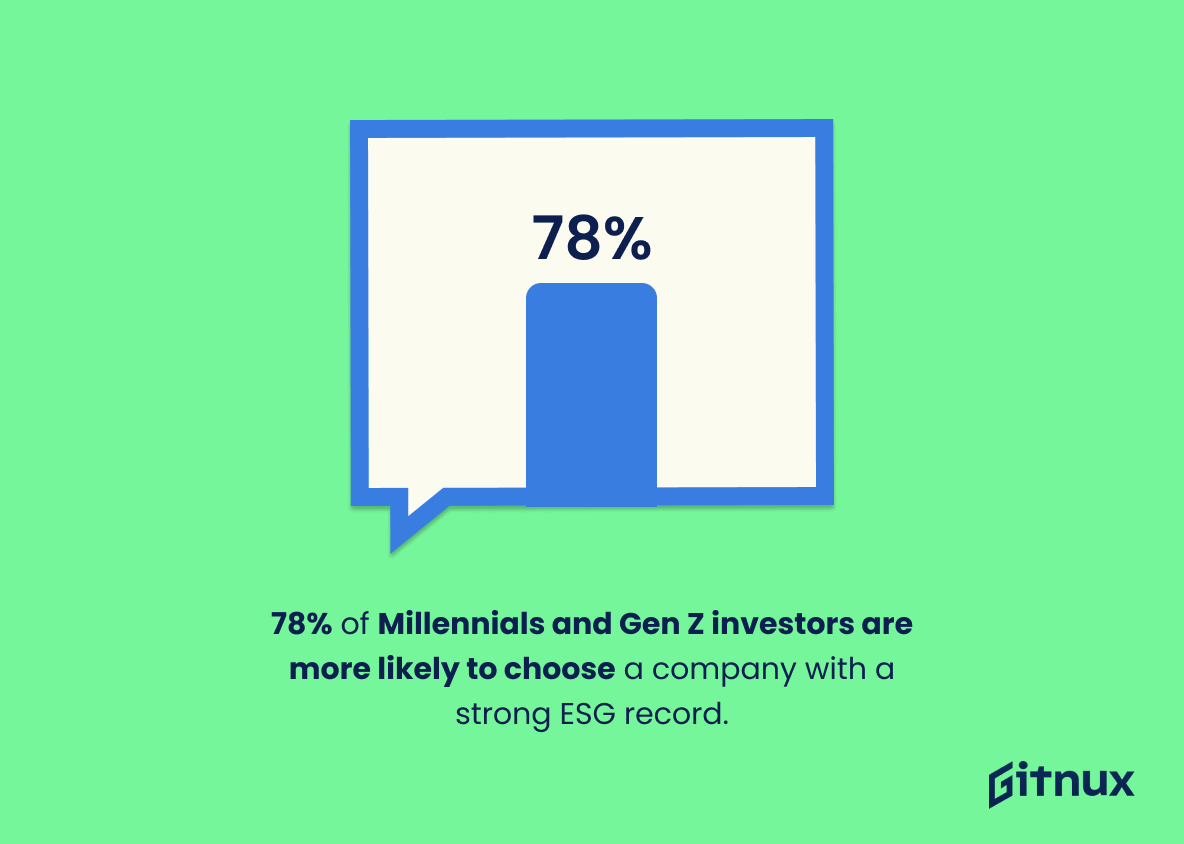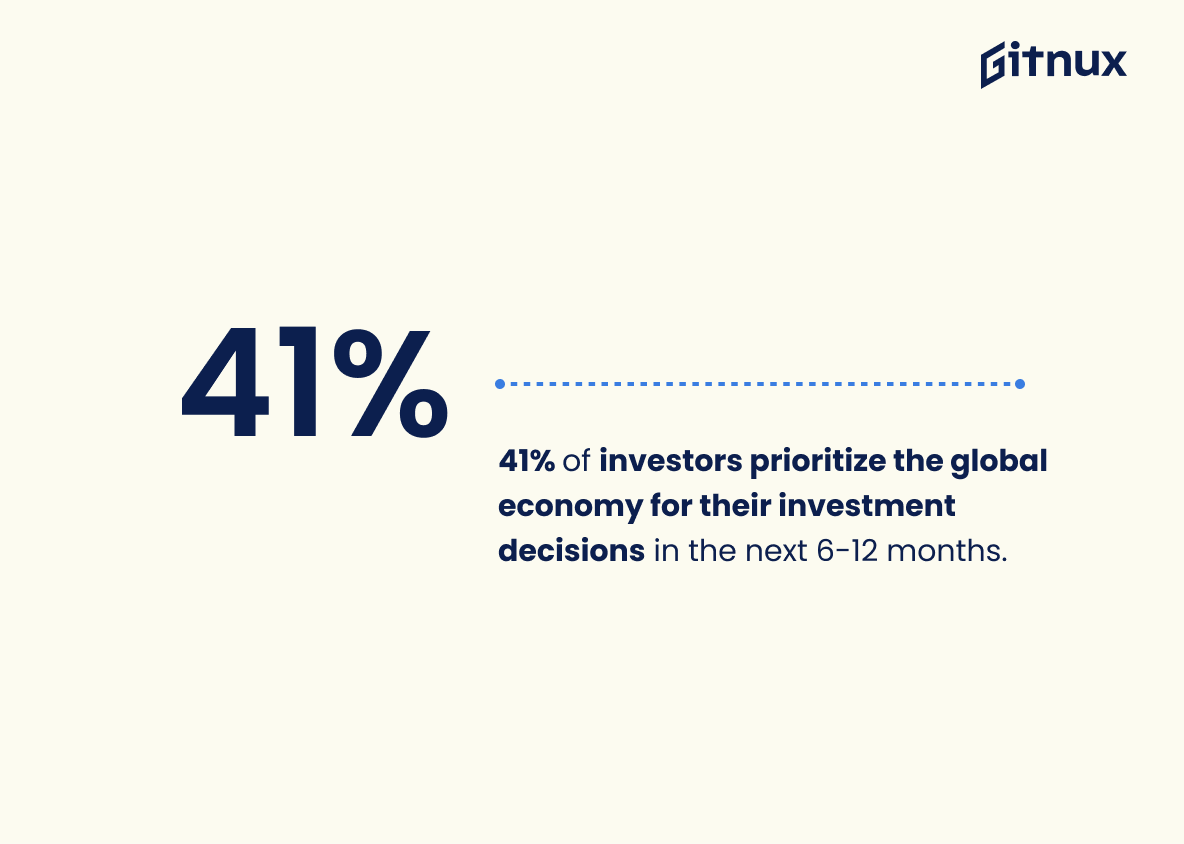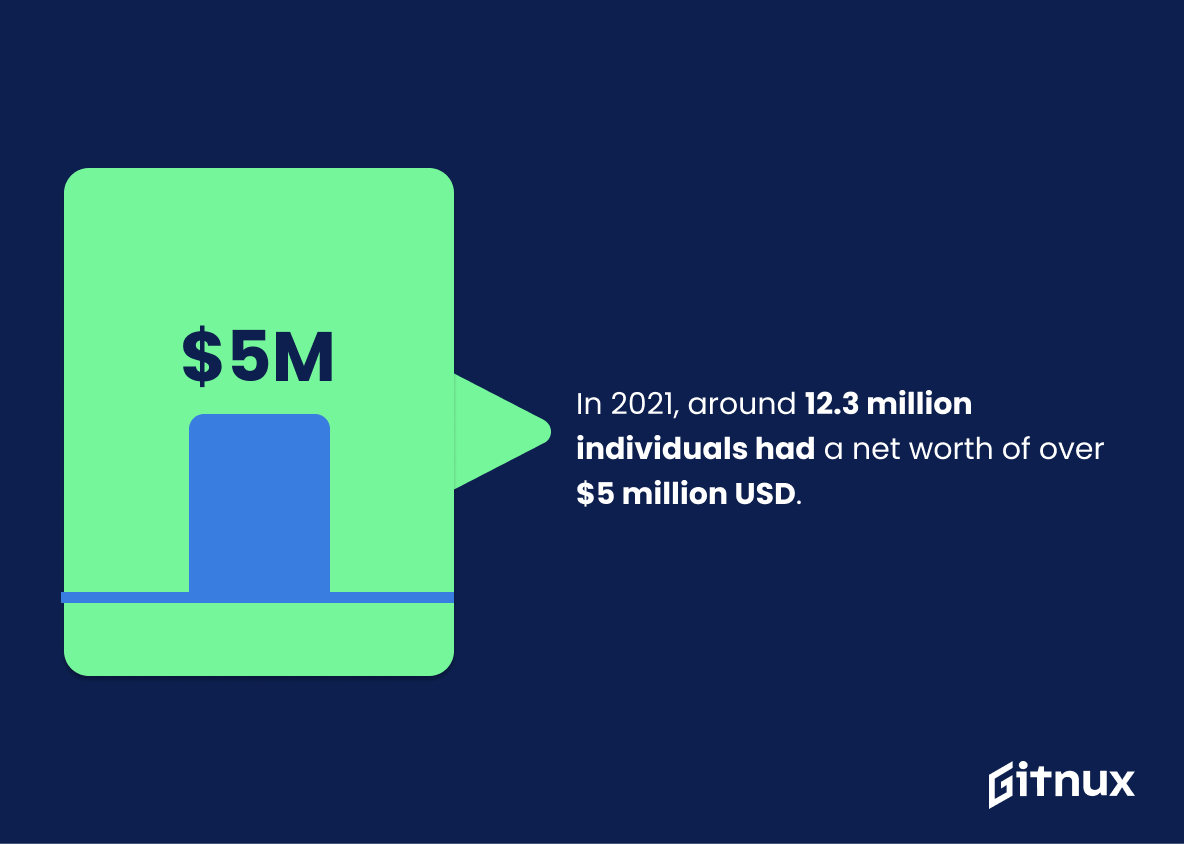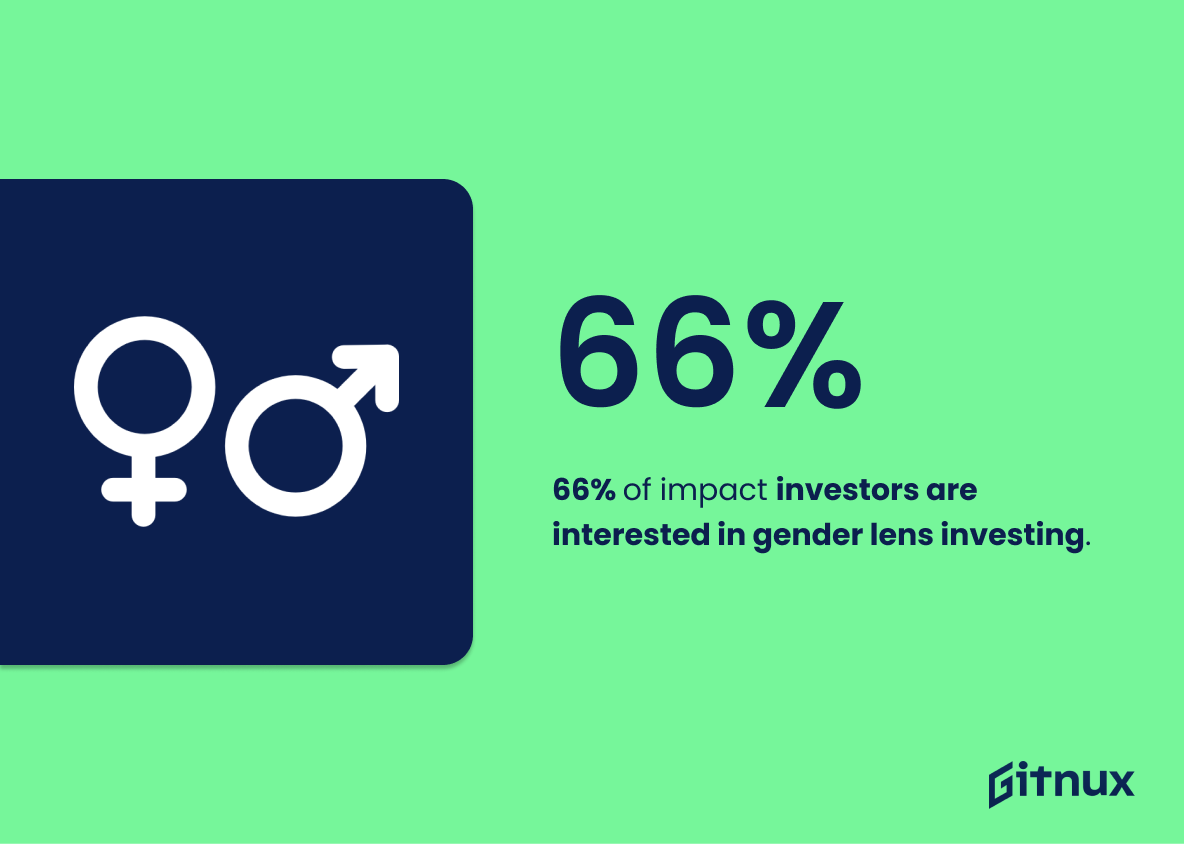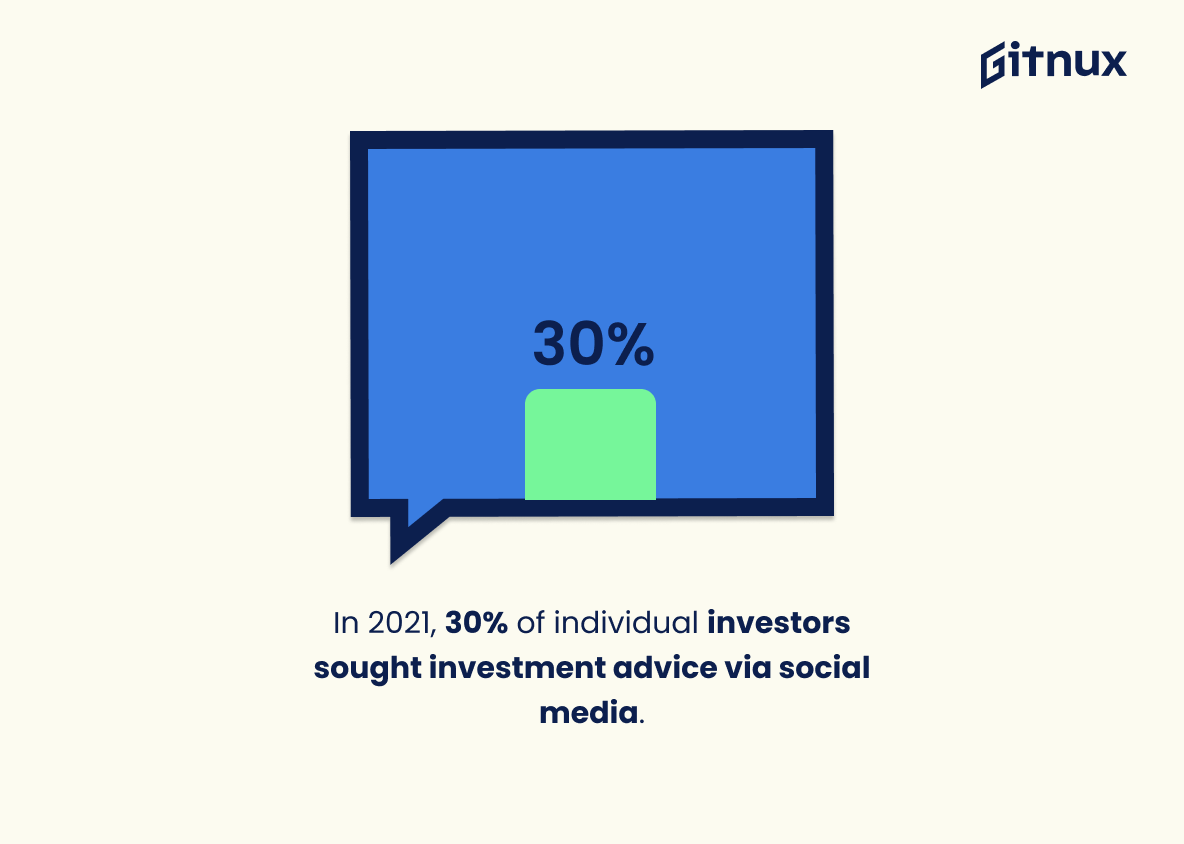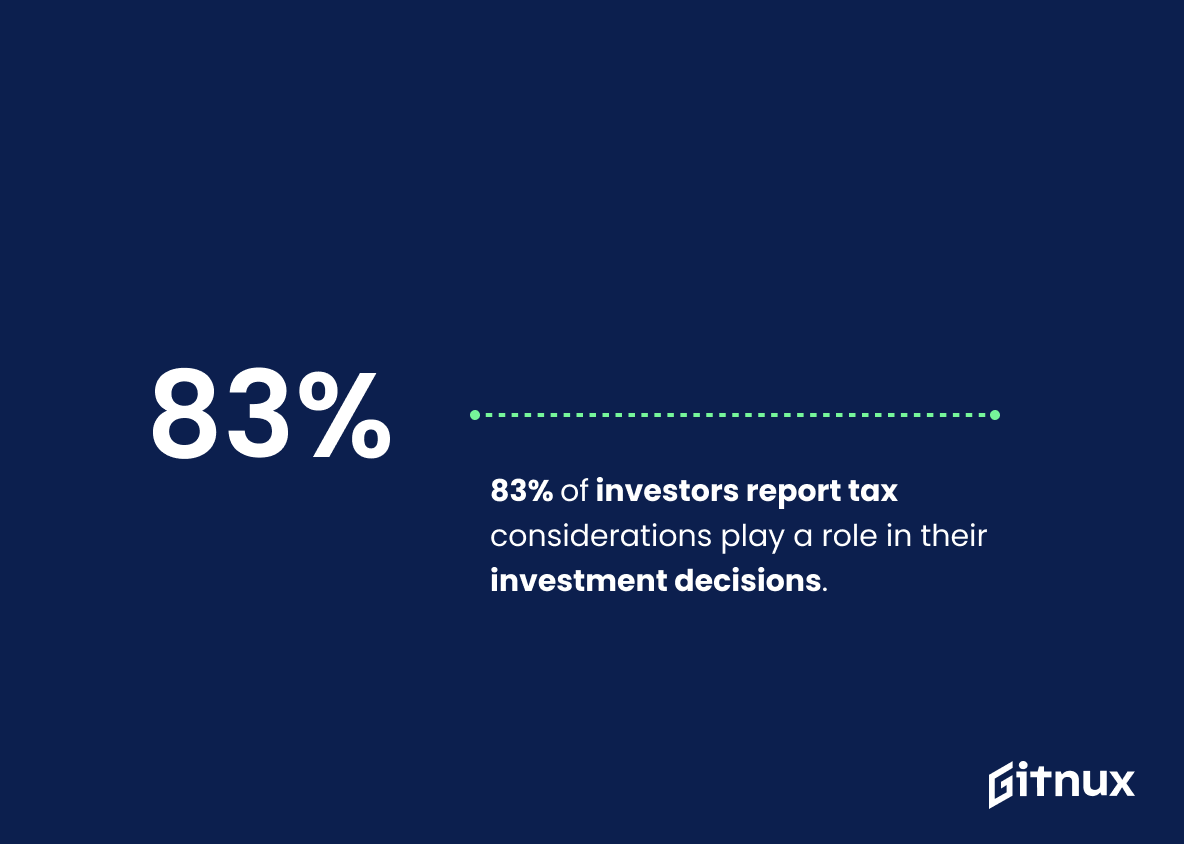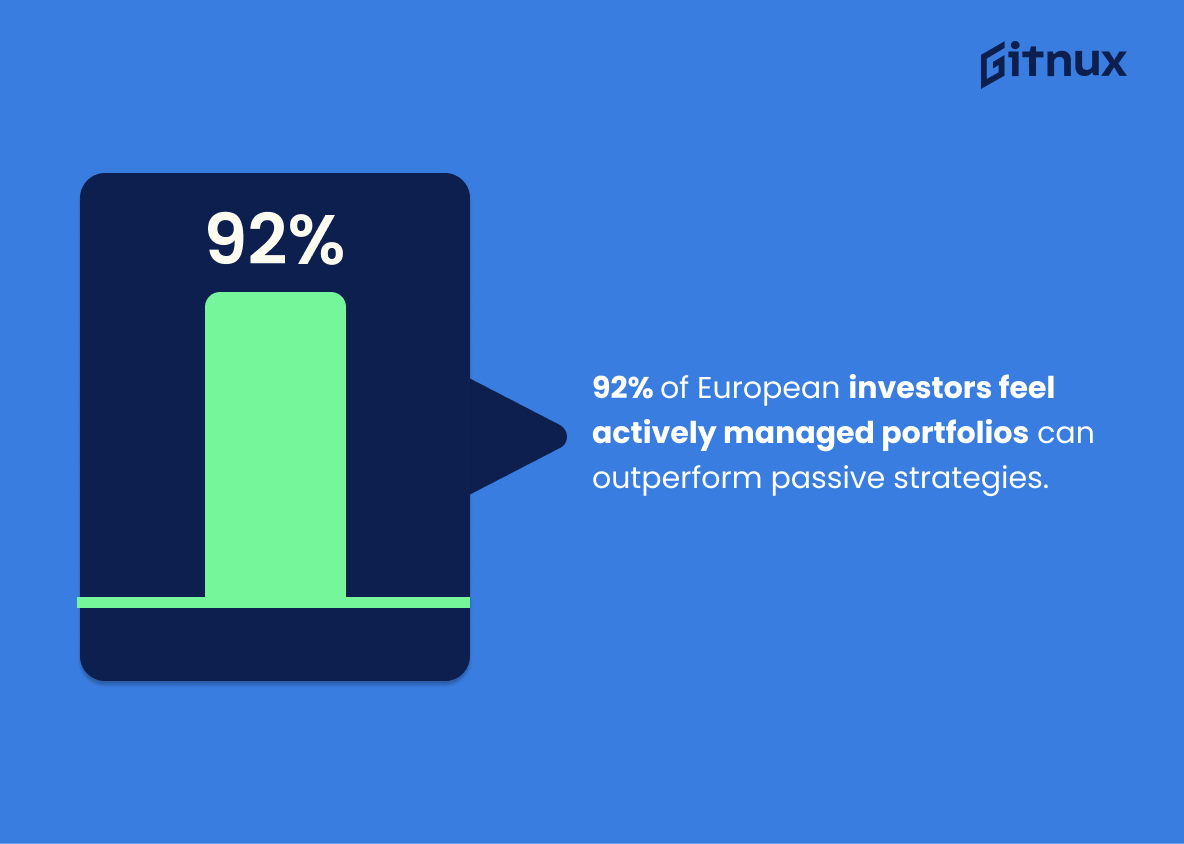Investing is an important part of financial planning and understanding the current trends in investor behavior can help inform decisions. This blog post will explore 20 statistics about investors from around the world, including their asset allocations, ESG values, use of advisors and more. From U.S.-based millionaires to European institutional investors, these stats provide a snapshot into how people are investing today.
This statistic is a testament to the fact that investors are increasingly diversifying their portfolios by investing in multiple asset classes. It shows that investors are taking a more strategic approach to their investments, which can help them to minimize risk and maximize returns. This is an important point to make in a blog post about investor statistics, as it highlights the importance of diversification in the modern investment landscape.
78% of American investors believe companies with strong ESG values are better long-term investments.
This statistic is a powerful indicator of the growing importance of ESG values in the investment world. It shows that the majority of American investors recognize the potential of companies with strong ESG values to provide better long-term returns. This is an important point to make in a blog post about investor statistics, as it highlights the importance of ESG values in the investment decision-making process.
Investor Statistics Overview
64% of U.S. households owned stocks in 2020, either directly or indirectly.
This statistic is a telling indication of the prevalence of stock ownership in the United States. It speaks to the fact that investing in stocks is no longer the exclusive domain of the wealthy, but rather a viable option for the average American. This statistic is a testament to the democratization of investing, and its importance cannot be overstated.
In 2021, 40% of investors aged 18-34 invested in cryptocurrency.
This statistic is significant in the context of investor statistics because it demonstrates the growing trend of younger investors turning to cryptocurrency as a viable investment option. It shows that the younger generation is more open to taking risks and embracing new technologies, which could have a major impact on the future of investing.
69% of U.S. millionaires used financial advisors’ services in 2021.
This statistic is significant in the context of investor statistics because it highlights the importance of financial advisors in helping individuals become millionaires. It shows that even those who have achieved financial success rely on the expertise of financial advisors to help them manage their wealth and make sound investments. This statistic is a testament to the value of financial advisors and their ability to help people reach their financial goals.
Over 80% of global institutional investors expect a global recession within the next two years.
This statistic is a stark reminder of the fragility of the global economy. It highlights the fact that even the most experienced and knowledgeable investors are expecting a recession in the near future. This could have a significant impact on the markets and the investments of individuals and businesses alike. As such, it is important for investors to be aware of the potential risks and to take steps to protect their investments.
75% of global investors increased investment in alternative assets in 2020.
This statistic is a testament to the fact that global investors are increasingly recognizing the potential of alternative assets as a viable investment option. It shows that investors are willing to take risks and diversify their portfolios in order to maximize returns. This is an important trend to note, as it indicates that investors are becoming more open to new and innovative investment opportunities. As such, this statistic is a valuable insight into the current state of the investment landscape and can be used to inform future investment decisions.
71.4% of investors in Europe are unsatisfied with their current rate of return.
This statistic is a telling indication of the current state of investor sentiment in Europe. It speaks to the fact that a majority of investors are not satisfied with the rate of return they are receiving, which could be indicative of a larger issue in the European investment market. This statistic is an important piece of information to consider when discussing investor statistics, as it provides insight into the overall sentiment of investors in the region.
78% of Millennials and Gen Z investors are more likely to choose a company with a strong ESG record.
This statistic is a powerful indicator of the changing tides in the investment world. It shows that Millennials and Gen Z investors are increasingly prioritizing companies with a strong ESG record, demonstrating a shift in the way investors view their investments. This shift is indicative of a larger trend towards sustainable investing, and it is important for investors to be aware of this trend in order to make informed decisions.
41% of investors say the global economy will be their top investment decision influencer in the next 6–12 months.
This statistic is a telling indication of the current state of the global economy and its potential impact on investors’ decisions in the near future. It highlights the importance of staying informed about the global economy and its potential implications for investments. This information can be used to inform investors’ decisions and help them make the best possible choices for their portfolios.
In 2021, around 12.3 million individuals had a net worth of over $5 million USD.
This statistic is a testament to the success of investors in 2021, highlighting the impressive wealth that has been accumulated by a select few. It is a reminder of the potential for financial gain that can be achieved through smart investments and savvy financial decisions. It also serves as a reminder of the importance of diversifying one’s portfolio and taking calculated risks in order to maximize returns.
42% of European institutional investors increased investment in renewable energy in 2020.
This statistic is a testament to the growing trend of European institutional investors investing in renewable energy. It shows that more and more investors are recognizing the potential of renewable energy and are willing to put their money into it. This is an encouraging sign for the future of renewable energy and a sign that investors are taking the initiative to make a positive impact on the environment.
66% of impact investors are interested in gender lens investing.
This statistic is a powerful indicator of the growing trend of investors who are recognizing the importance of gender lens investing. It shows that a majority of impact investors are taking a proactive stance in supporting gender equality and are actively looking for ways to invest in companies that promote gender diversity. This statistic is a testament to the fact that investors are increasingly recognizing the importance of gender equality and are taking steps to ensure that their investments are making a positive impact on society.
In 2021, 30% of individual investors sought investment advice via social media.
This statistic is significant in the context of investor statistics because it highlights the growing trend of individuals turning to social media for investment advice. It shows that more and more people are relying on the opinions of others on social media to inform their investment decisions, which could have a significant impact on the markets. Additionally, it could indicate that more people are becoming comfortable with investing and are willing to take risks in order to achieve their financial goals.
83% of investors report tax considerations play a role in their investment decisions.
This statistic is a powerful indicator of the importance of tax considerations in the minds of investors. It shows that the majority of investors take taxes into account when making investment decisions, which is a crucial factor in achieving financial success. This statistic is a valuable piece of information for readers of the blog post, as it provides insight into the mindset of investors and the importance of tax considerations in the investment process.
92% of European investors feel actively managed portfolios can outperform passive strategies.
This statistic is a powerful indicator of the confidence European investors have in actively managed portfolios. It speaks to the belief that these portfolios can provide a greater return than passive strategies, making them a desirable option for investors. This information is pertinent to a blog post about investor statistics, as it provides insight into the preferences of European investors and the strategies they are likely to pursue.
54.6% of global investors have confidence in the performance of the U.S. equity markets.
This statistic is a testament to the strength of the U.S. equity markets, indicating that a majority of global investors have faith in their performance. This is an important point to make in a blog post about investor statistics, as it shows that the U.S. equity markets are a reliable and attractive option for investors.
In 2020, 58.3% of individual investors in Germany held bonds in their portfolios.
This statistic is a telling indication of the investment preferences of individual investors in Germany. It shows that a majority of them are opting for bonds as a way to diversify their portfolios and manage their risk. This is an important insight for anyone looking to gain a better understanding of the investment landscape in Germany.
Conclusion
The statistics presented in this blog post demonstrate that investors are actively diversifying their portfolios across multiple asset classes, with a focus on ESG values and alternative investments. They also show an increased interest in cryptocurrency, real estate investing, financial advisors’ services and venture capital backing. Additionally, tax considerations play a role for many investors when making investment decisions. Finally, there is confidence among global investors in the performance of U.S equity markets as well as bonds held by individual German investors.
References
0. – https://www.newsroom.bankofamerica.com
1. – https://www.www.thegiin.org
2. – https://www.whiteshieldpartners.com
3. – https://www.www.gmo.com
4. – https://www.www.pwc.com
5. – https://www.insight.factset.com
6. – https://www.www.preqin.com
7. – https://www.www.fidelity.com.tw
8. – https://www.www.cnbc.com
9. – https://www.www.statista.com
10. – https://www.www.spglobal.com
11. – https://www.www.businessinsider.com
12. – https://www.www.savvyinvestor.net
13. – https://www.institutional.bnpparibas-am.com
14. – https://www.www.ft.com
15. – https://www.www.blockchain-council.org
